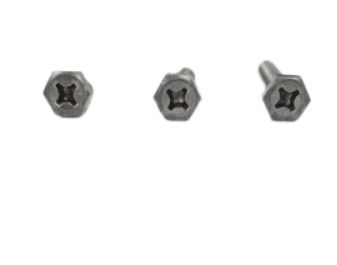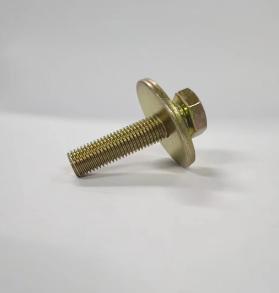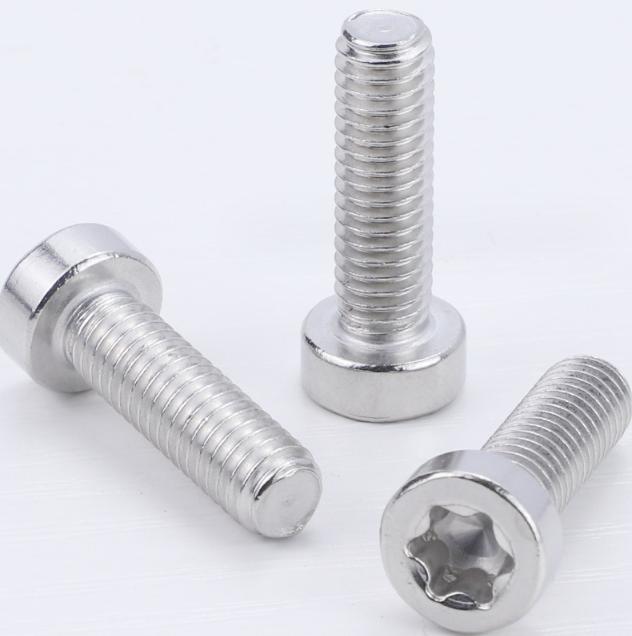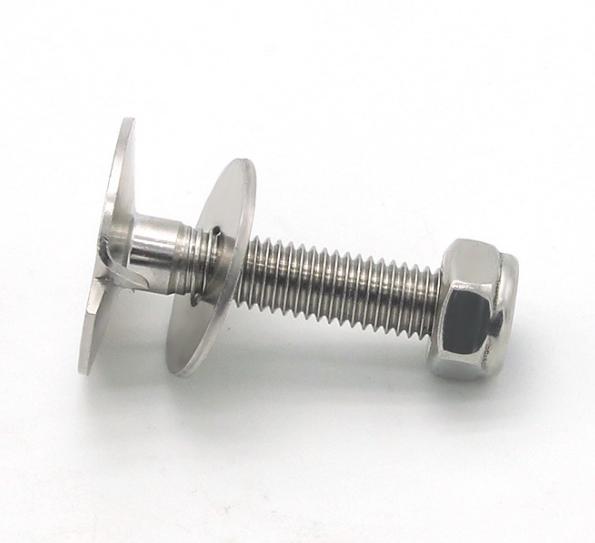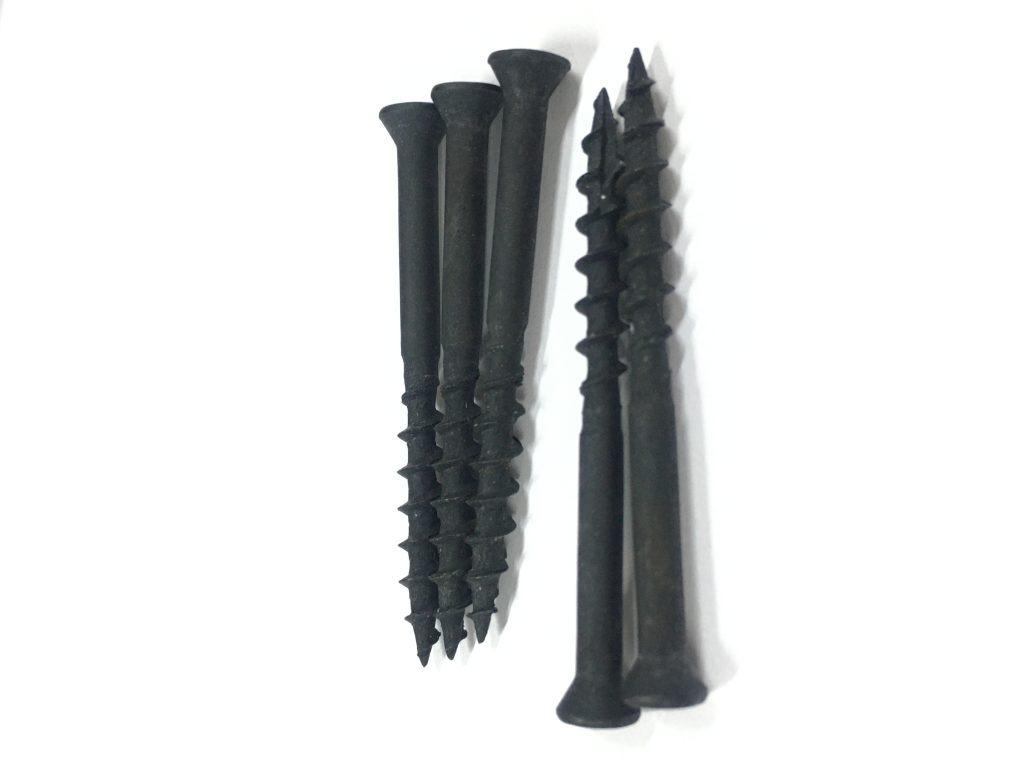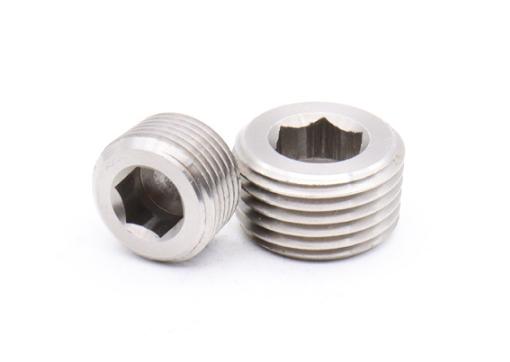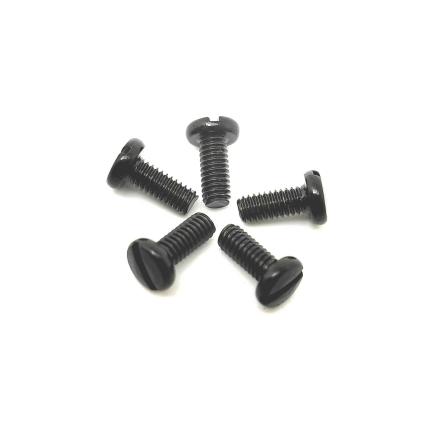Anti-Loosening and Vibration-Damping Technologies for Screws: Enhancing Stability
Screws play an essential role in countless mechanical assemblies, holding together everything from household appliances to industrial machinery. However, in dynamic environments or under constant vibration, even the sturdiest screws can succumb to loosening, posing significant risks to safety and reliability. To address this concern, engineers have developed innovative anti-loosening and vibration-damping technologies for screws. These advancements not only enhance the reliability of mechanical assemblies but also contribute to improved operational efficiency and safety across industries.
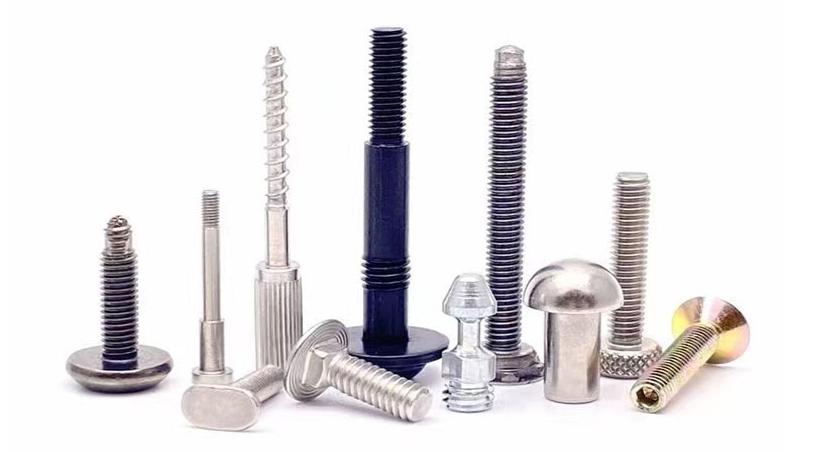
The Challenge of Screw Loosening and Vibrations
Screw loosening occurs when the fastener gradually loses its grip on the mating surface, often due to factors such as dynamic loads, thermal expansion and contraction, or external vibrations. Vibrations, whether from operational forces or external sources, exacerbate this problem by inducing movement and oscillation within the assembly, leading to increased stress on the fasteners and contributing to loosening over time.
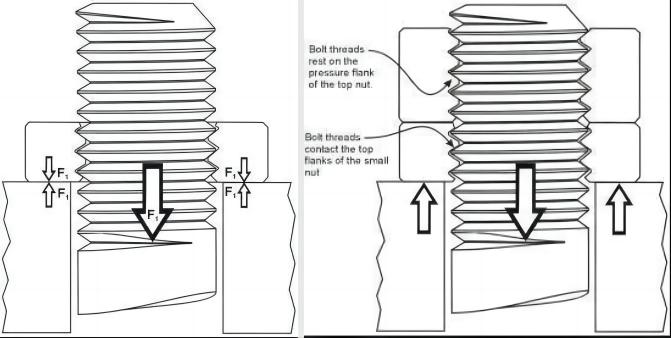
Consequences of Screw Loosening and Vibrations
The consequences of screw loosening and vibrations can have significant impacts across various industries and applications.
1. Equipment Malfunction and Failure
- Screw loosening can compromise the integrity of mechanical assemblies, leading to equipment malfunction or failure. In machinery and industrial equipment, even a single loose screw can disrupt normal operation, resulting in downtime and production losses.
- Vibrations exacerbate this issue by inducing additional stress on the fasteners, accelerating the process of loosening and increasing the likelihood of catastrophic failure.
2. Safety Hazards
- Loose screws pose serious safety hazards, particularly in critical applications such as automotive, aerospace, and construction. In transportation vehicles, for example, loose fasteners can lead to vehicle instability, loss of control, and accidents.
- In structural applications, such as buildings and bridges, loose fasteners can compromise the structural integrity, posing risks to occupants and bystanders.
3. Increased Maintenance Costs
- Addressing screw loosening and vibration-related issues often requires frequent inspections, tightening, and replacement of fasteners. These maintenance activities incur costs in terms of labor, materials, and downtime.
- In industries where equipment downtime translates directly to revenue losses, such as manufacturing and production, the financial impact of frequent maintenance can be substantial.
4. Degradation of Performance and Efficiency
- Vibrations caused by loose fasteners can result in diminished performance and efficiency of machinery and equipment. In precision equipment, such as medical devices or laboratory instruments, even minor vibrations can affect accuracy and reliability.
- In automotive and aerospace applications, vibrations can lead to increased fuel consumption and reduced operational efficiency, impacting overall performance and economy.
5. Quality and Product Reputation
- Screw loosening and vibrations can compromise the quality and reliability of products, leading to customer dissatisfaction and damage to brand reputation. In industries where quality and reliability are paramount, such as consumer electronics or medical devices, product failures due to loose fasteners can have long-lasting repercussions.
- Recalls and warranty claims resulting from screw loosening issues can further tarnish the reputation of manufacturers and erode customer trust.
6. Environmental Impact
- Loose fasteners can pose environmental risks, particularly in applications where leakage of fluids or gases is a concern. In industrial machinery, for example, loose fasteners in piping systems can lead to leaks, spills, and environmental contamination.
- Additionally, the disposal of faulty equipment or components resulting from screw loosening issues can contribute to environmental pollution and waste.
Innovative Solutions to Address Screw Loosening and Vibrations
Addressing the challenges of screw loosening and vibrations requires innovative solutions that go beyond traditional fastening methods. Engineers and researchers have developed a range of advanced technologies to enhance screw stability and mitigate the effects of dynamic forces.
1. Thread Locking Adhesives
Anaerobic Adhesives: These specialized adhesives are applied to the threads of screws before assembly. They cure in the absence of air, forming a strong bond between the screw and the mating surface. Anaerobic adhesives effectively prevent self-loosening and provide vibration-damping properties, improving overall stability.
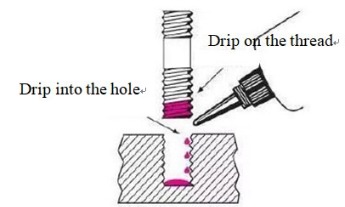
2. Mechanical Locking Devices
- Wedge-Locking Washers: These washers feature a unique design with interlocking serrations that create a wedging action when tightened. As a result, they prevent the nut and bolt from rotating relative to each other, maintaining clamping force and resisting loosening even under dynamic loads.
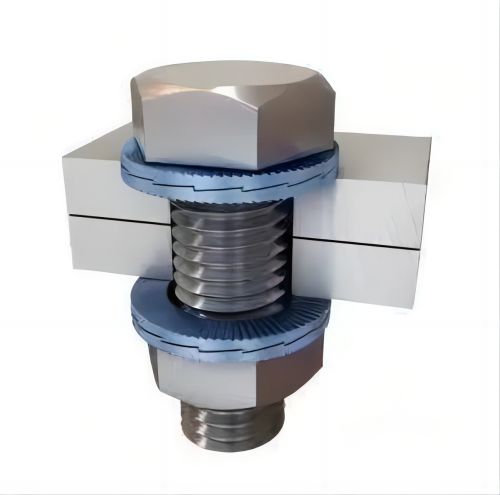
- Serrated Flange Nuts: Serrated flange nuts have integrated serrations or grooves beneath the flange. When tightened, these serrations bite into the mating surface, increasing friction and preventing the nut from backing off due to vibrations.
- Spring Washers: Spring washers Also known as disc springs or Belleville washers, these conical washers provide a spring-like action when compressed between the nut and the mating surface. They maintain tension on the screw, compensating for loosening caused by vibrations.

3. Prevailing Torque Features
- Nylon Patch: Screws with nylon patches feature a nylon insert embedded in the threads. During installation, the nylon material creates friction against the mating surface, providing resistance to loosening caused by vibrations.
- Pelletized Thread: Similar to nylon patches, screws with pelletized threads incorporate small pellets or beads in the thread grooves. These pellets deform upon installation, creating a prevailing torque that prevents self-loosening.
4. Vibration-Damping Materials
- Rubber Inserts: Rubber or elastomeric inserts can be integrated into the assembly to dampen vibrations transmitted to the fasteners. These inserts absorb energy and reduce the amplitude of vibrations, minimizing the risk of loosening.
- Viscoelastic Coatings: Coatings made from viscoelastic materials, such as silicone or polyurethane, can be applied to the mating surfaces or threads of screws. These coatings dissipate vibrational energy, reducing the likelihood of screw loosening.
5. Smart Fastening Systems
- Wireless Monitoring: Integrated sensors and wireless communication technologies enable real-time monitoring of fastener conditions, including tension, torque, and vibration levels. This data can be used to identify potential loosening issues early and take proactive measures to prevent failures.
- Active Fasteners: Active fasteners incorporate actuators or locking mechanisms that adjust automatically in response to changing conditions. These systems actively maintain optimal clamping force, compensating for variations caused by vibrations or thermal expansion.
Benefits and Applications of Anti-loosening and Vibration-damping Technologies for Screws
1. Enhanced Reliability
- One of the primary benefits of anti-loosening and vibration-damping technologies is the enhanced reliability of mechanical assemblies. By effectively preventing screw loosening, these technologies minimize the risk of equipment malfunction and failure, leading to increased uptime and improved operational reliability.
- Industries such as aerospace, automotive, and manufacturing, where reliability is critical, stand to benefit significantly from these advancements.
2. Improved Safety
- Securely fastened screws contribute to the safer operation of machinery and equipment. By preventing the risk of loose fasteners, anti-loosening technologies help mitigate safety hazards, reducing the likelihood of accidents, injuries, and damage to property.
- Applications in sectors such as transportation, construction, and heavy machinery rely on stable screw connections to ensure the safety of operators and bystanders.
3. Reduced Maintenance Costs
- Anti-loosening technologies minimize the need for frequent inspections, tightening, and replacement of fasteners, resulting in reduced maintenance costs and downtime. By prolonging the interval between maintenance intervals, these technologies offer cost savings and operational efficiencies.
- Industries with high maintenance costs, such as industrial manufacturing and infrastructure maintenance, can realize significant financial benefits from the implementation of anti-loosening solutions.
4. Increased Productivity
- Stable assemblies with secure screw connections require less frequent adjustments and maintenance, leading to increased productivity and operational efficiency. Reduced downtime due to equipment failures or maintenance activities allows for uninterrupted production and improved throughput.
- Applications in manufacturing, assembly lines, and production facilities benefit from improved productivity, resulting in higher output and profitability.
5. Weight and Space Savings
- Many anti-loosening technologies for fasteners are lightweight and compact, offering weight and space savings in applications where size and weight constraints are critical. In industries such as aerospace and automotive engineering, where every ounce and inch matters, these advancements enable more efficient designs and optimized performance.
- Lightweighting of components and assemblies contributes to fuel efficiency, extended range, and payload capacity in aerospace, automotive, and transportation applications.
6. Extended Service Life
- By maintaining clamping force and stability over time, anti-loosening technologies contribute to the extended service life of mechanical assemblies and equipment. Components that remain securely fastened are less prone to wear and fatigue, resulting in longer-lasting systems and reduced need for premature replacements.
- Applications in heavy-duty equipment, industrial machinery, and infrastructure benefit from the prolonged service life and reduced lifecycle costs afforded by anti-loosening solutions.
Conclusion
Anti-loosening and vibration-damping technologies for screws represent a significant advancement in engineering design, offering effective solutions to mitigate the challenges posed by dynamic environments and high-vibration applications. With continuous innovation and refinement, these solutions are poised to reshape the landscape of mechanical engineering, paving the way for safer, more reliable, and more efficient systems across industries.

